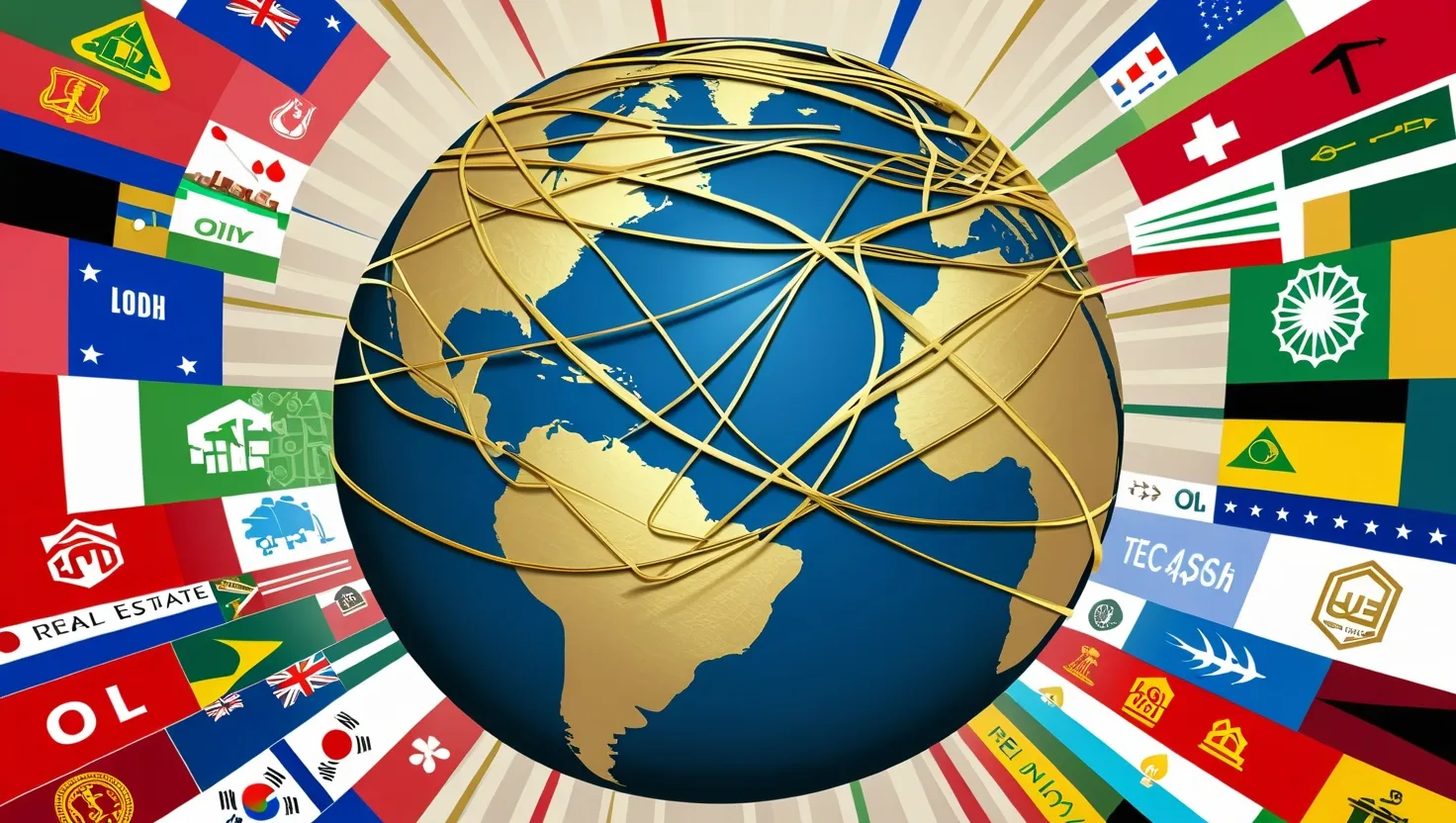In the intricate web of global finance, a new breed of financial giants has emerged, reshaping the landscape of international markets and economies. These are not your typical investment firms or hedge funds, but rather government-owned entities known as Sovereign Wealth Funds (SWFs). Built often from the riches of natural resources, these massive pools of capital are increasingly influential, impacting everything from tech startups to real estate markets worldwide.
To understand the significance of SWFs, let’s start with their origins. Over the last three decades, countries rich in natural resources, such as oil and gas, have been accumulating vast sums of money. Instead of simply storing this wealth in traditional foreign exchange reserves, these nations have created SWFs to manage and invest these funds. Today, these funds hold an estimated $10.14 trillion, a staggering figure that underscores their potential to shape global markets.
One of the most prominent SWFs is Norway’s Government Pension Fund Global, which manages an impressive $1.4 trillion. This fund is a prime example of how SWFs can serve as a national piggy bank, ensuring that the wealth generated today benefits future generations. By investing in a diversified portfolio of stocks, bonds, and real estate, Norway’s fund reduces its dependency on oil prices and enhances the country’s economic resilience.
Another significant player is Saudi Arabia’s Public Investment Fund (PIF), which oversees assets worth nearly $973 billion. The PIF is central to Saudi Arabia’s Vision 2030, a ambitious plan to diversify the country’s economy away from oil. This includes investments in high-profile ventures such as Formula 1, English soccer’s Newcastle United, and the LIV Golf tour. While these investments have drawn attention for their potential to enhance Saudi Arabia’s global influence, they also highlight the complex role SWFs play in blending economic and geopolitical strategies.
SWFs are not just passive investors; they are active participants in the global economy. During times of financial crisis, such as the 2008 global financial meltdown, SWFs stepped in to stabilize banks and companies. For instance, they invested heavily in failing financial institutions, helping to prevent a complete collapse of the financial system. This behavior has earned them a reputation as long-term investors who support companies with future growth potential, even in turbulent times.
Their influence extends beyond crisis management. SWFs are transforming industries and shaping the future of entire sectors. In emerging markets, they provide crucial capital for infrastructure projects, driving economic growth and opening opportunities that might otherwise be unattainable. For example, Middle Eastern SWFs have been investing in renewable energy markets, diversifying their economies and reducing their reliance on oil and gas.
However, the growing power of SWFs also raises several concerns. One of the most significant issues is transparency. Many SWFs lack clear guidelines and regulations, leading to fears about their intentions and potential for market manipulation. The sheer size and influence of these funds can create anxiety among international stakeholders, who worry about the potential for SWFs to distort asset prices through non-commercially motivated purchases or sales.
To address these concerns, there is a growing call for greater transparency and accountability. International standards and guidelines are being proposed to ensure that SWFs operate in a way that promotes sustainable development, equitable distribution of wealth, and a healthy environment. For instance, Norway’s Government Pension Fund Global is often cited as a model for transparency, with clear investment guidelines and regular reporting.
The geopolitical implications of SWFs are also noteworthy. Oil-producing nations with large SWFs often use their financial power to forge strategic alliances, negotiate favorable trade agreements, and strengthen diplomatic ties. This economic diplomacy can attract foreign investment and promote economic cooperation, but it also raises questions about national interests and the potential for political influence.
In the business world, SWF investments are no longer a rarity but a regular occurrence. Their deep pockets and long-term horizons make them valued partners for companies looking to expand or innovate. For example, Mubadala, the SWF of Abu Dhabi, has invested heavily in tech companies, while Singapore’s GIC has made significant investments in real estate assets. These investments not only provide capital but also bring in innovation and technology, benefiting both the recipient companies and the broader economy.
Despite their benefits, there are also risks associated with SWFs dominating certain sectors or pursuing non-commercial goals. The concentration of such vast wealth in the hands of a few government-owned entities can lead to market distortions and raise concerns about competition and fairness.
In conclusion, Sovereign Wealth Funds have become pivotal players in the global financial landscape. They offer opportunities for economic diversification, intergenerational equity, and geopolitical influence. However, their growing power also necessitates greater transparency, accountability, and adherence to international standards. As these funds continue to shape global markets, it is crucial to understand their role and ensure that their influence is harnessed for the benefit of both their home countries and the global economy.
As we navigate this complex financial world, it’s clear that SWFs are here to stay. They represent a new era in global finance, one where government-owned investment funds wield significant power. Whether you view them as stabilizers of the financial system or potential disruptors, one thing is certain: their impact will be felt for generations to come. As we watch these funds grow and evolve, it’s essential to keep a keen eye on their activities, ensuring that their influence is used to build a more stable, equitable, and prosperous global economy.






